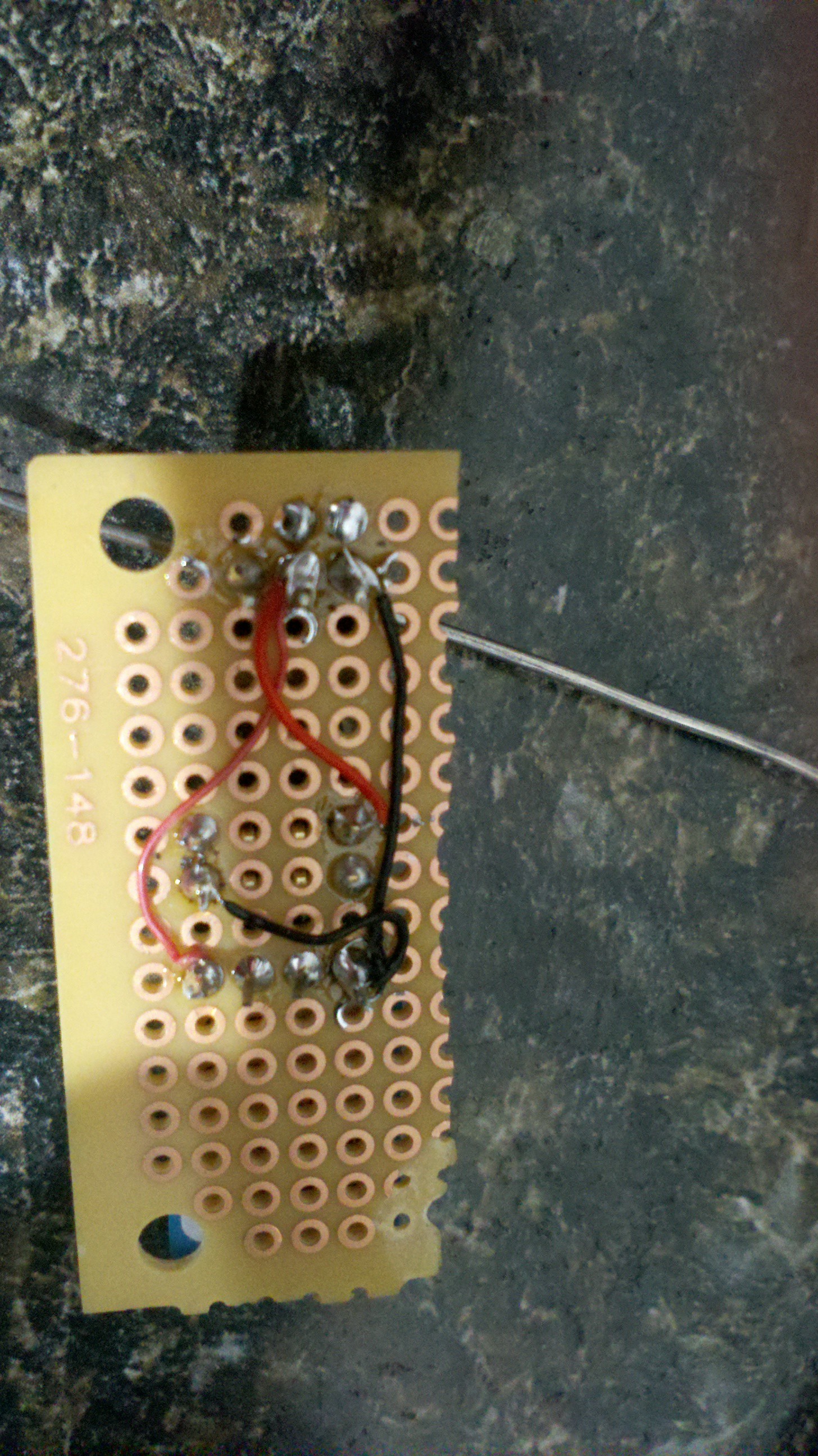This project is how to build a temperature and humidity wifi module. Not all the prep work steps for setting up the chip.
You will need to load the LUA/NODEMCU software.
You can find the latest LUA firmware at https://github.com/nodemcu/nodemcu-firmware howerver it does not support the DHT11 directly. You can compile your own firmware but a quicker way is to make use of the build service offered by http://nodemcu-build.com/ This site will custom build your firmware with the options you need. For this project take the default options and select DHT. Now enter your email and click start the build. In 10-15 minutes you will get an email with a link to your firmware to download. Save the firmware and use it for your project.
To load the firmware on the esp8266 windows users can use https://github.com/nodemcu/nodemcu-flasher , Linux/MAC users can use the esptool included with the firmware
For loading the temperature software onto the esp8266 wifi board I would recommend ESPlorer available from github. https://github.com/4refr0nt/ESPlorer . This is a java based tool and will run on Windows, Mac or Linux
A good overview of the LUA language can be found at www.lua.org/ and information about the implemented LUA on the esp8266 can be found on http://nodemcu.com/index_en.html
For more information on the esp8266 line of devices check out http://www.esp8266.com/
 Gary
Gary



Do you set the esp to sleep mode or is it always on at full speed? And, how long does a battery last typically?